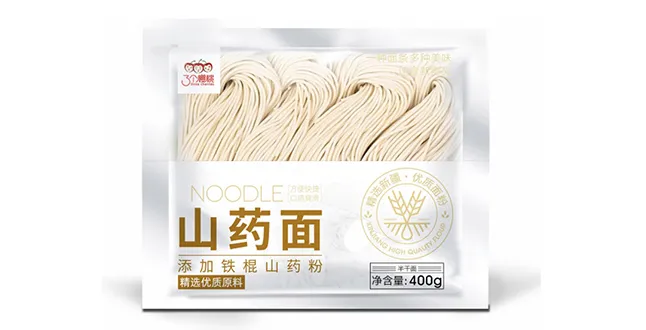Delicious Chinese Hot Pot Noodles for a Flavorful Dining Experience
The Delight of Chinese Hot Pot Noodles
When one thinks of culinary treasures in Chinese cuisine, hot pot undoubtedly stands out as a centerpiece of social dining, but it is the addition of hot pot noodles that elevates this experience to new heights. Hot pot, or huo guo as it is known in Mandarin, is not just a dish but a communal experience that brings families and friends together around a bubbling pot of flavorful broth. Among the wide variety of ingredients that can be added to the pot, noodles hold a special place, providing a delightful contrast to the fresh meats and vegetables.
The Essence of Hot Pot
Hot pot dining is a ritual that dates back over a thousand years, originating in Mongolia and later evolving into a beloved method of eating in various regions of China. The essence of hot pot lies in its interactive nature, allowing diners to customize their meal according to personal tastes. The base broth can be spicy, savory, or even sweet, with all sorts of herbs and spices enriching its flavor. The joy of hot pot comes from gathering around the table, cooking food together, and sharing laughter and stories while waiting for the delicious ingredients to cook.
Noodles A Vital Addition
What sets hot pot apart from other communal dining experiences is the wide variety of ingredients that can be cooked in the shared pot. Among these, noodles are a vital addition. They soak up the rich flavors of the broth, absorbing the heat and spices as they cook. There are many types of noodles to choose from when it comes to hot pot, including rice noodles, egg noodles, or the famous hand-pulled noodles.
Each type of noodle brings its own unique texture and taste to the table. Rice noodles, known for their chewy yet delicate nature, are perfect for those who prefer a lighter option. Egg noodles, with their golden hue and slightly firmer bite, provide a hearty base that complements the multitude of flavors in the pot. Hand-pulled noodles, often made fresh before your eyes, have an incredible elasticity that makes them a favorite among hot pot enthusiasts.
chinese hot pot noodles

Cooking Technique and Tips
Cooking noodles in hot pot is a simple yet satisfying process. Once the broth is boiling, diners can add their chosen noodles to the pot. It’s crucial not to overcook them; typically, just a few minutes will yield the perfect texture. After cooking, the noodles are often served in individual bowls and can be further enhanced with various sauces and condiments. Traditional options include sesame oil, soy sauce, and chili paste, allowing for customization of flavors that suit each diner's palate.
Cultural Significance
Noodles in hot pot carry considerable cultural significance. In Chinese culture, noodles symbolize longevity and prosperity, making them a desirable addition to any festive occasion. Sharing a hot pot meal with loved ones signifies unity and togetherness, underpinning the importance of family and friendship in Chinese society. The act of cooking and eating together not only nourishes the body but also fosters connections and memories that last a lifetime.
Conclusion
In conclusion, Chinese hot pot noodles are much more than just a side dish; they are an integral part of a cultural experience that emphasizes communal dining, flavor exploration, and the joy of togetherness. Whether you’re indulging in a spicy Sichuan broth or a mild herbal soup, adding noodles to the hot pot creates an unforgettable meal that is both comforting and exhilarating. So next time you gather around a hot pot with friends or family, don’t forget to make room for those delectable noodles—they’re sure to elevate your experience and leave you wanting more.
-
Unleash Your Inner Chef with Delectable Italian Pasta CreationsNewsAug.01,2025
-
Savor Health and Flavor: Irresistible Soba Noodles for Sale Await!NewsAug.01,2025
-
Nourish Your Body with Premium Organic Ramen - A Culinary Delight AwaitsNewsAug.01,2025
-
Elevate Your Dishes with Our Exquisite Kinds of Egg NoodlesNewsAug.01,2025
-
Dive into Flavorful Convenience with Our Ramen OfferingsNewsAug.01,2025
-
Discover Exquisite Types of Naengmyeon and Chilled Soba NoodlesNewsAug.01,2025
-
Is Whole Wheat Pasta Healthy?NewsMay.30,2025
Browse qua the following product new the we

















































































































